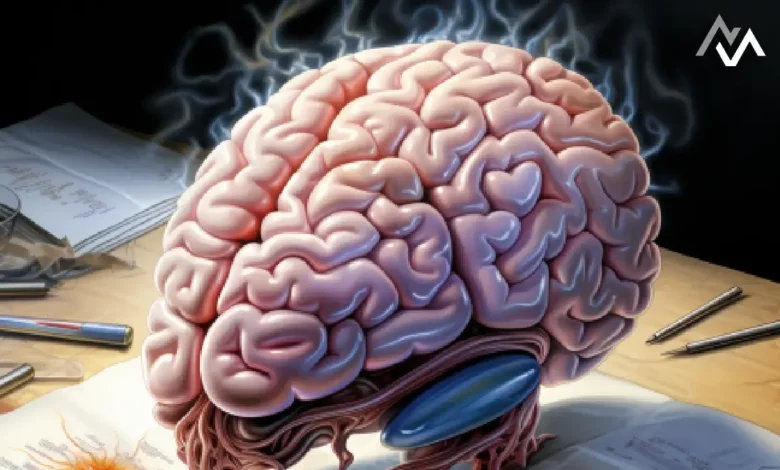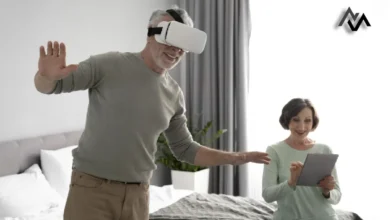How the Brain Encodes Time and Memory: A Breakthrough Study

A recent study by UCLA Health delves deep into how the human brain encodes the flow of time and experiences, enhancing our understanding of memory formation. By observing individual neurons in the hippocampus and entorhinal cortex, researchers discovered specific firing patterns that reflect event sequences. These neurons continue to replay these sequences during rest, reinforcing memory retention and readiness for future experiences. This breakthrough may lead to advancements in neuro-prosthetic devices and offers insight into how the brain integrates spatial and temporal information.
Key Insights from the Study:
The Role of the Hippocampus and Entorhinal Cortex:
The hippocampus acts as a “place cell” mapping locations, while the entorhinal cortex tracks distance and sequence. Together, they form a cognitive map that helps the brain make sense of events and experiences over time. These areas were previously studied for their role in spatial navigation, but this study expands that understanding to temporal encoding.
Event Sequence Encoding:
As participants engaged in various tasks, their neurons adjusted activity to reflect the order of images they encountered. This pattern, formed naturally without explicit instruction, continued even after the tasks ended. The brain’s ability to retain and replay these event sequences is key to how memories are consolidated and later recalled.
Memory Replay and Future Prediction:
One of the fascinating findings is the brain’s ability to replay these patterns during rest periods. This replay is thought to strengthen memories and prepare the brain for similar stimuli in the future. The encoded patterns may help in making predictions about upcoming events, enhancing both memory recall and future decision-making.
Implications for Neuroprosthetics and AI:
The study’s findings could pave the way for the development of neuro-prosthetic devices aimed at enhancing memory and other cognitive functions. Additionally, this understanding of how the brain encodes time and experiences can influence artificial intelligence, particularly in improving AI’s ability to mimic human memory and cognition.
Neural Patterns and Non-Spatial Experiences:
While past research focused on spatial navigation, this study reveals that similar neural mechanisms apply to non-spatial experiences, such as time and object recognition. This indicates that the brain uses analogous processes to handle diverse types of information.
Relevance to Cognitive Health:
Understanding how the brain encodes time and memories opens new avenues for addressing memory-related disorders like Alzheimer’s and other forms of dementia. Targeting these neural processes may help in designing therapies that boost memory retention or delay cognitive decline.
Conclusion:
This groundbreaking research sheds light on the intricate workings of the brain and how it encodes time and experiences to form memories. With potential applications in neuroprosthetics and AI, these findings mark a significant advancement in neuroscience, offering a deeper understanding of memory formation and cognitive functions.




